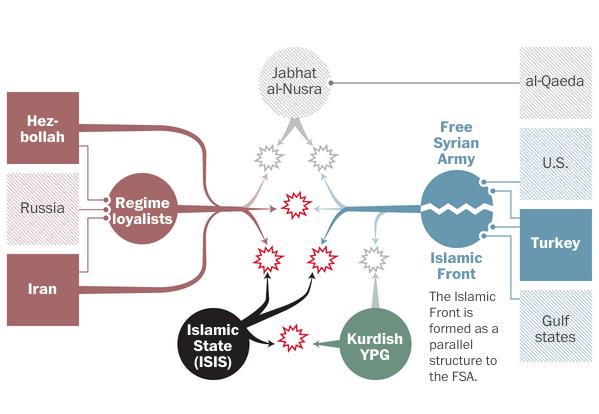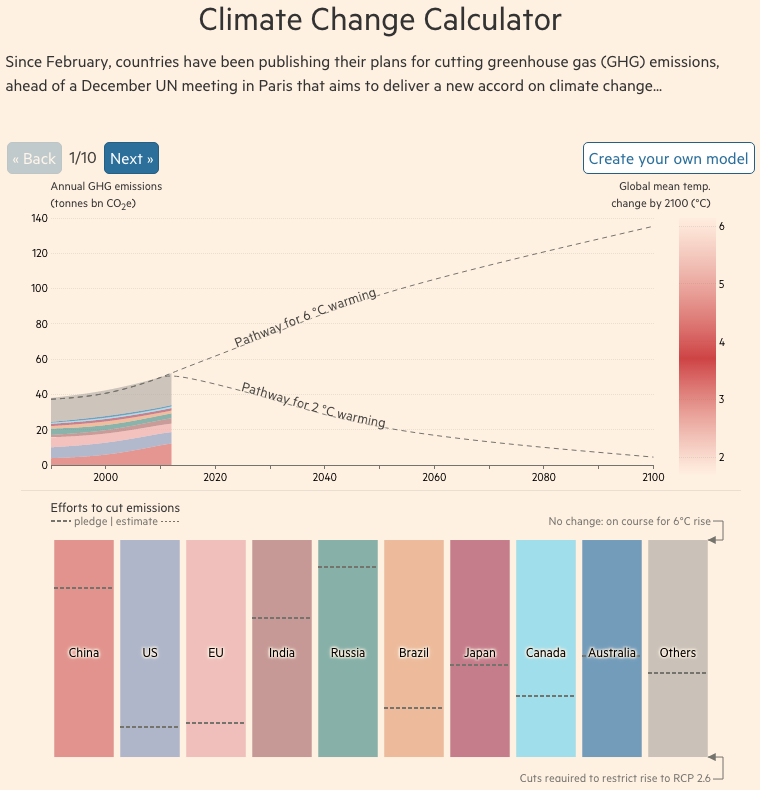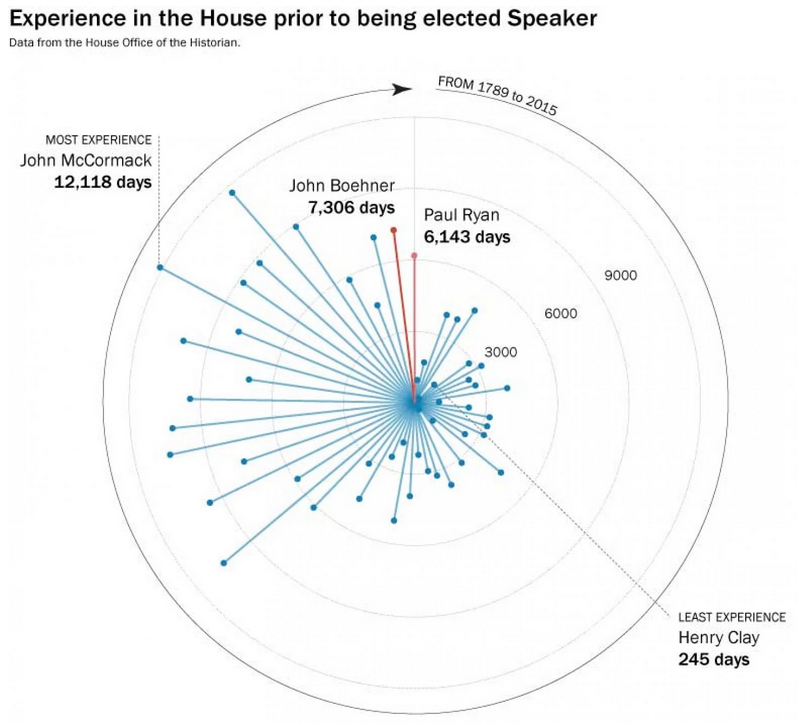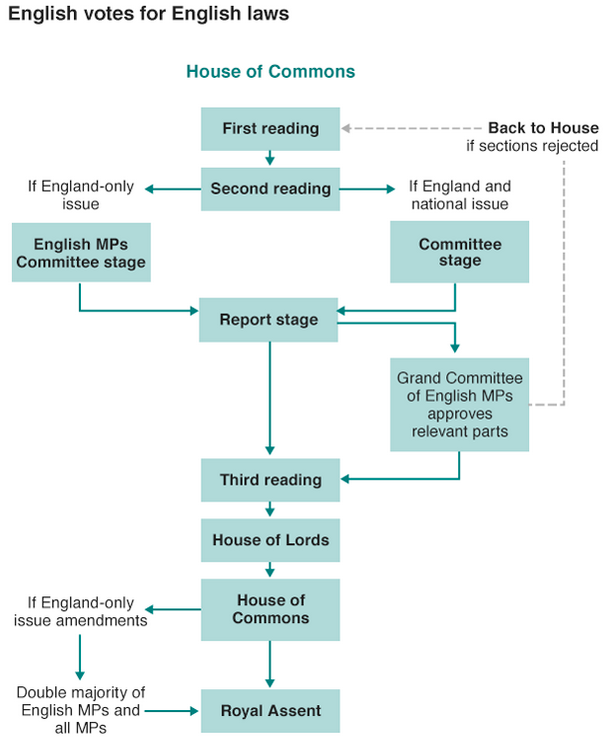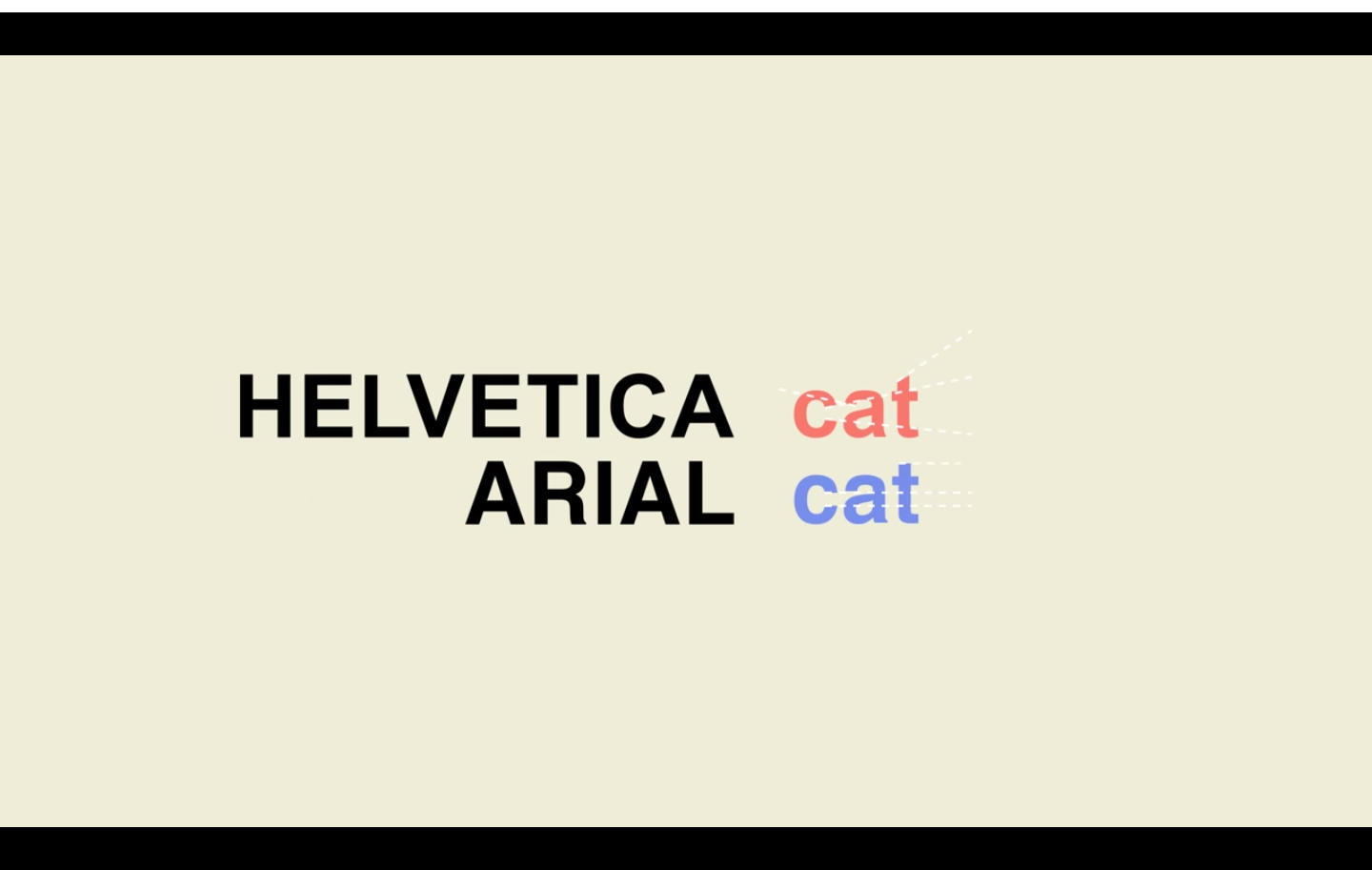You may recall a year and a half ago a post I wrote up about a New York Times piece looking at the fandoms of baseball in the United States. Well fresh off their hometown Royals’ World Series victory, the folks at the Kansas City Star revisited the graphic—driven by Facebook likes—to see if there had been any change. Sure enough, Royals Nation—or whatever they call it—has made inroads into what was before St. Louis Cardinals territory.
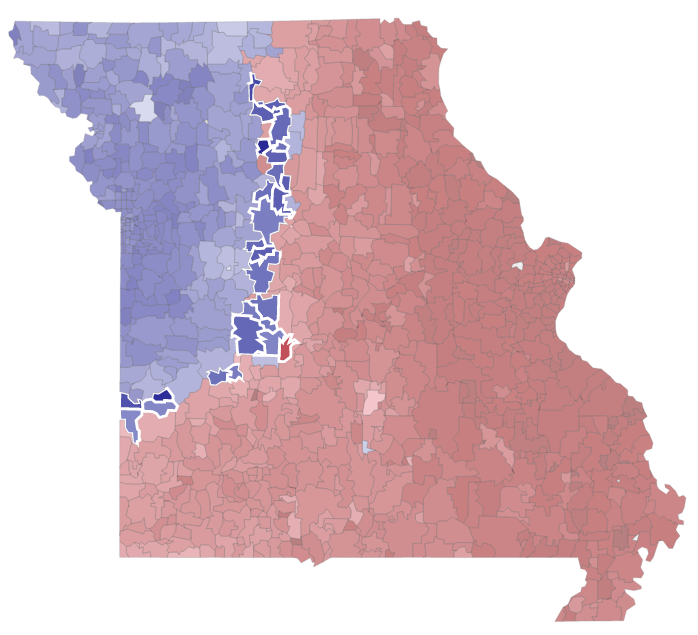
The only sad part about the article is that they talk of changes in adjacent states, e.g. Kansas, but have no maps for those.
Credit for the piece goes to Jay Pilgreen.


